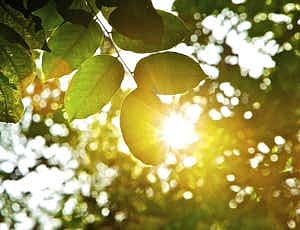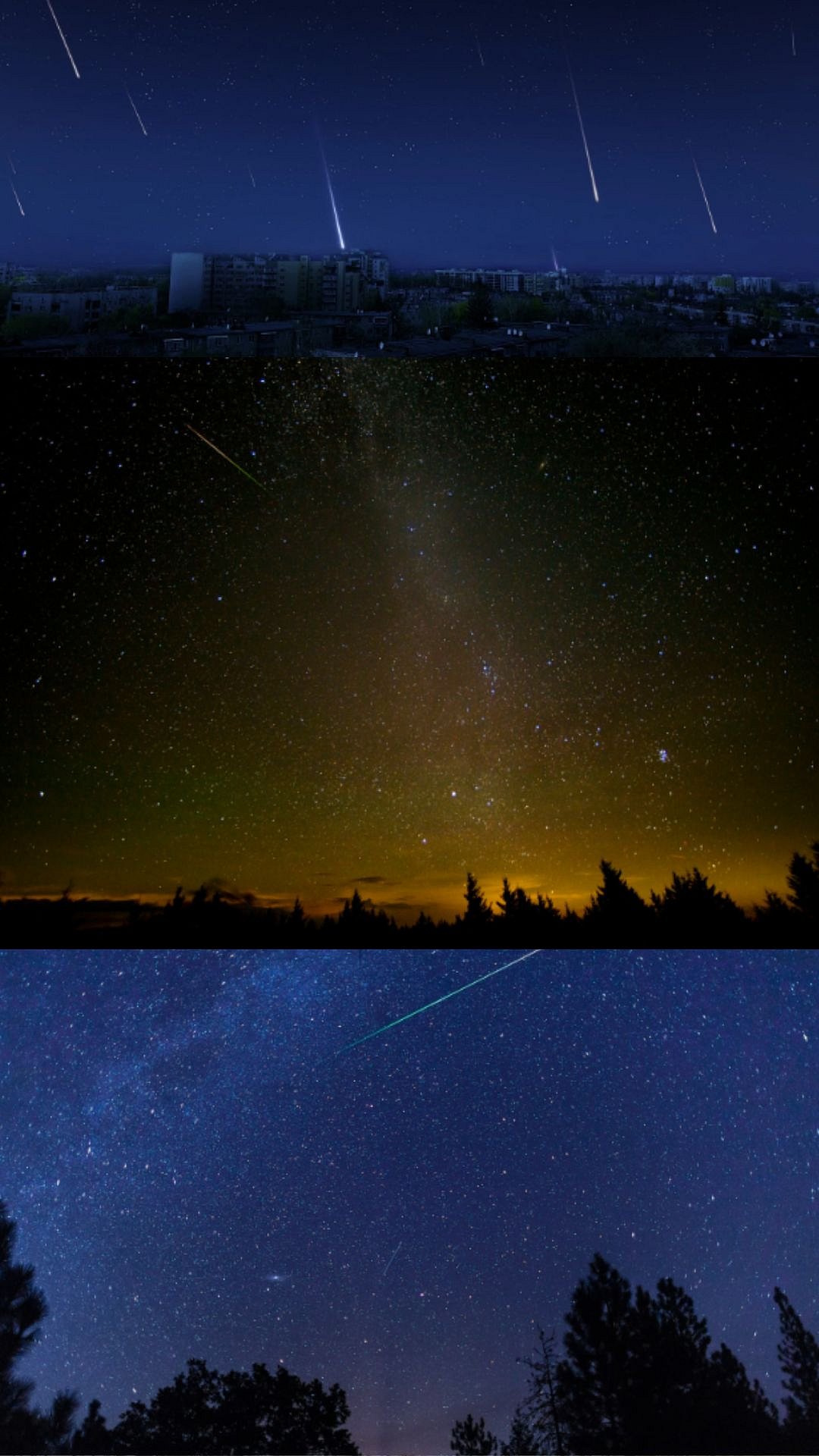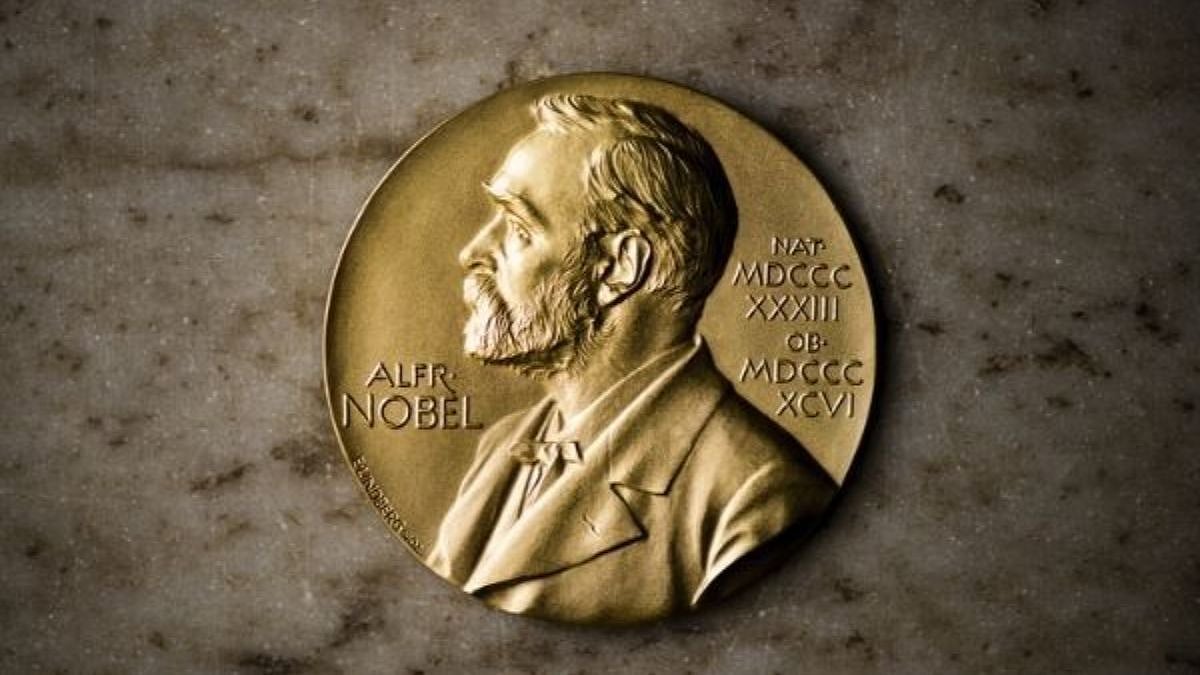For plants, sunlight can be a double-edged sword. They need it to drive photosynthesis, the process that allows them to store solar energy as sugar molecules, but too much sun can dehydrate and damage their leaves.
A primary strategy that plants use to protect themselves from this kind of photodamage is to dissipate the extra light as heat. However, there has been much debate over the past several decades over how plants actually achieve this.
Gabriela Schlau-Cohen, the Thomas D. and Virginia W. Cabot Career Development Assistant Professor of Chemistry at MIT, says, “During photosynthesis, light-harvesting complexes play two seemingly contradictory roles. They absorb energy to drive water-splitting and photosynthesis, but at the same time, when there’s too much energy, they have to also be able to get rid of it.”
In a new study, Schlau-Cohen and colleagues at MIT, the University of Pavia, and the University of Verona directly observed, for the first time, one of the possible mechanisms that have been proposed for how plants dissipate energy. The researchers used a highly sensitive type of spectroscopy to determine that excess energy is transferred from chlorophyll, the pigment that gives leaves their green color, to other pigments called carotenoids, which can then release the energy as heat.

“This is the first direct observation of chlorophyll-to-carotenoid energy transfer in the light-harvesting complex of green plants,” says Schlau-Cohen, who is the senior author of the study. “That’s the simplest proposal, but no one’s been able to find this photophysical pathway until now.” MIT graduate student Minjung Son is the lead author of the study, which appears today in Nature Communications. Other authors are Samuel Gordon ‘18, Alberta Pinnola of the University of Pavia, in Italy, and Roberto Bassi of the University of Verona.










